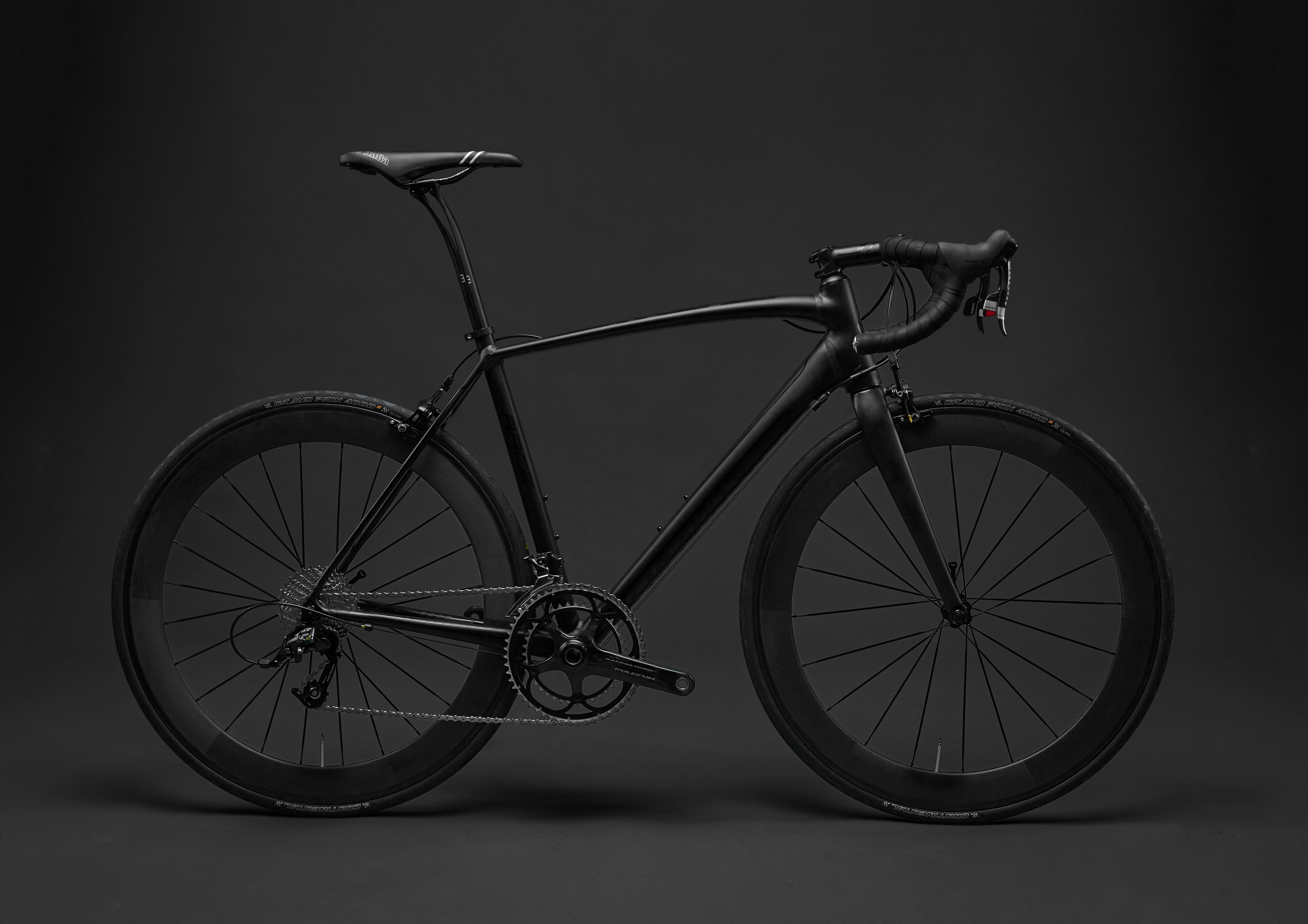If you’re new to the MTB scene, you’ve probably heard that investing in the best MTB gear is paramount to thoroughly enjoying it. You might be wondering why that is, what’s so important about the gear? You already have a bike, and that should be the important thing, shouldn’t it? While your bike is undoubtedly a crucial component of the hobby, having the best MTB gear is just as important. This includes an MTB backpack, helmet, bike frame, and protective gear. But how do you know what the best MTB gear really is? In the case of the MTB backpack, the guys from WildProofGear have already compared the best 8 MTB backpacks for you, so that problem is solved.
For the rest, however, you might be skeptical at first as to why you need the best MTB gear to enjoy your new hobby.
MTB Helmets
Depending on the kind of biking you plan to do, you’ll need specific helmets with features that cater to that particular brand of MTB. While looking for the best MTB gear, and specifically while looking for helmets for MTB, you should consider all of the available options. Will you be riding cross-country, all-mountain, or downhill? If you’re not sure, you may want to select the best of each, just in case. You should also consider factors such as the helmet’s ventilation, fit, construction, safety ratings, and padding and comfort. All of these factors will also contribute to the price you pay for your helmet, and while you shouldn’t skimp on your helmet due to costs, it is something you should keep in mind if you need to budget appropriately.
You should also look for a helmet that is lightweight and comfortable. Make sure that it won’t impair your vision and that you’ll be able to see in any kind of weather in case things go sour while you’re out on the trail. We suggest that you don’t focus solely on the listed weight, because wearing a helmet for hours can change how heavy it ends up feeling near the end of your ride. Some helmets have a listed weight that feels exactly how it says, while others advertise a listed weight that, while accurate, may feel heavier once it’s on.
Bike Frames for MTB
You’ve bought your bike, but it’s not living up to your expectations. Maybe it isn’t the right bike frame for your style of MTB. After all, all MTB frames are built and intended for riding off-road at different speeds, but there’s a massive variety of frames available for every riding style and discipline you could imagine. But, it’s hard to decide what kind of frame is right for you without knowing about the MTB frame types.
First thing’s first: there are two primary categories that MTB frames fall under. These are the hardtail and suspension frame types. Both of these types are available as standard or woman-specific, which will lend themselves to the different and specific ergonomic needs of female cyclists. These needs include narrower handlebars, shorter top tubes, and a greater level of standover.
Hardtail MTBs do not use a rear suspension. Instead, they have a more fully-rigid frame and are used primarily as an entry- or mid-level bike. Some top-end racers also use them because they’re lightweight and less expensive than the full-suspension models. Then again, you might just prefer riding a hardtail MTB, and that’s fine, too.
Suspension MTB frames incorporate a shock absorber, and that allows the rear of the bike to independently move and absorb any shock from bumpy trails. These types of frames may feature various levels of rear travel, which is the amount that the rear can move independently. Generally, you will see travel that lighter suspension MTB frames will have around 100mm travel, while the heavier gravity frames might have as much as 200mm travel. Suspension MTBs can handle rougher terrain, under normal circumstances, than the hardtail MTBs.
MTB Protective Gear
Protective Glasses
No, we don’t mean sunglasses. Sunglasses won’t help you if you’re riding in a forest or thicket. You want protective glasses or goggles that have clear lenses, which will allow you to see normally and will also protect your eyes from any stray branches or bugs that might otherwise try to blind you.
Riding Gloves
Have you ever taken a fall and landed on your hands on a trail? If you have, you know it’s no fun, and you don’t want to make that mistake again. Spend the extra money to get a full-fingered set of bike gloves, preferably with some palm padding included. You’ll thank us later.
Proper Shoes
MTB shoes are built differently than your average tennis shoes or sneakers. Bike shoes are made with a sticky rubber at the bottom that helps you to fully grip your MTBs pedals. They are also built with a more stiff design, which helps you to pedal more efficiently.
Chamois
The chamois cushions you from impacting too roughly against the saddle of your MTB. It is usually worn beneath your MTB shorts and helps to prevent chafing. Many MTB shorts now will have the chamois built-in to the shorts so that you aren’t weighing yourself down with extra layers of clothing.
MTB-Specific Apparel
Look, you can wear whatever clothing you want to when you’re riding. But there are perks to having riding-specific apparel. Jerseys and shorts are often used by riders because they’re unrestrictive, they’re meant to fit loosely without being excessively loose. They are also made of moisture-wicking fabrics that will keep you dry and cool, so if you don’t want to be a wet, hot mess after your ride, you’ll get some MTB clothing.
